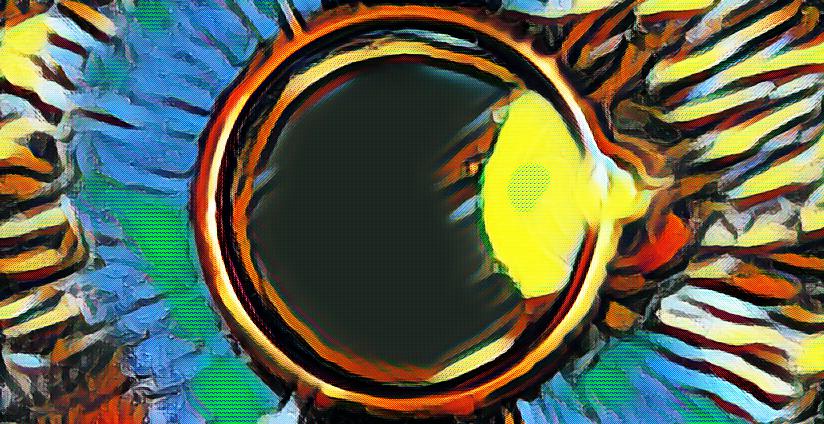The night sky has captivated the imagination of humans for thousands of years. From Stonehenge in the United Kingdom to the Pyramids in Egypt, there are ancient buildings located throughout the world that correlate with astrological phenomena. As technology continues to advance, scientists are able to grasp a more accurate understanding of the magic that takes place in the sky. Lunar eclipses are one of the most well-known of these phenomena.
What is a lunar eclipse?
A lunar eclipse happens when the moon orbits through Earth’s shadow. Although there are different varieties, a total lunar eclipse is the most spectacular of these events. During a total lunar eclipse, no sunlight is able to reach the moon. Earth blocks out all of the light from the sun. The only light that reaches the moon is being reflected from the Earth’s atmosphere. This reflection gives the moon a reddish glow. Sunsets and sunrises have the same color for this reason. This reddish hue has inspired some people to refer to this event as a blood moon.
How does it happen?
Lunar eclipses can only occur when the Moon, Sun, and Earth are in perfect alignment or very close. Earth has to be between the Sun in the Moon as well. A total lunar eclipse can only happen when the moon is full. The length of a lunar eclipse can vary depending on the Moon’s orbit.
While other types of eclipses can only be seen from a small portion of the world, lunar eclipses can be viewed from any location on the nighttime side of the world. Total lunar eclipses can even last up to two hours. On the other hand, solar eclipses only last a few minutes. This shorter eclipse time is due to the Moon’s smaller shadow. Lunar eclipses are longer because the entire shadow of the Earth is cast against the Moon. Fortunately, no protective eyewear is required to view a lunar eclipse because the light is fairly dim.
